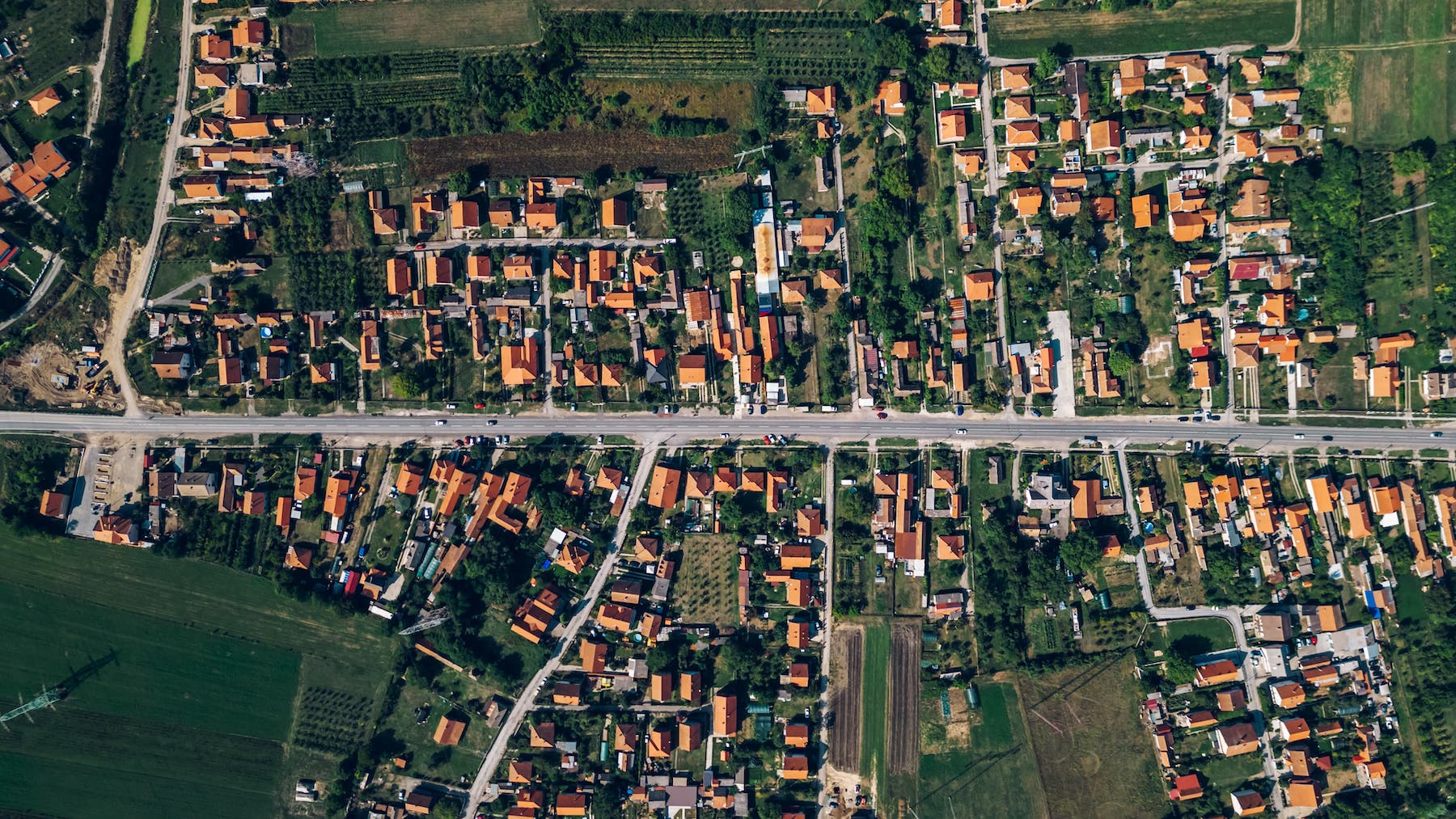Sydney Property Market 2024
I see properties every day in the Sydney market, from investment properties, new home purchases, new builds and building reports, over the last 12 months, I have seen everything possible. Below is a summary of the trends I have seen, gaining insight from Domain, RealEstate.com.au and meetings with Sydney’s top real estate agents. Some of their findings are summarised here.
Sydney Property Market Review 12 Months
The possible outcome of the Sydney property market in 2023 might concern many. In 2023, Sydney marked Australia’s second most robust housing market, with substantial growth of over 24% observed in several areas. Over the past forty years, the Sydney property market has showcased remarkable strength and consistency. Towards the end of 2022, there was a visible deceleration in price growth within two prominent housing markets – Sydney and Melbourne – due to increasing affordability challenges.

It’s essential to note that property cycles are influenced by a complex interplay of factors, including economic conditions, government policies, immigration, housing supply, and consumer sentiment.
Home Buyers are not Rushing In
Last year, there was a rise in property values across nearly every area of Sydney, which is atypical. However, the housing market in Sydney has experienced sluggish growth in the first quarter of this year. Despite this, transactions are still taking place. The number of new properties listed for sale in Sydney is decreasing, and buyers are currently being more deliberate and thoughtful in their decision-making process.
FOMO (fear of missing out) is no longer a driving factor for buyers, who are now less inclined to make hasty decisions or compromise as they did in the past. Looking ahead, there will be a shift towards prioritizing quality, leading to a more typical property market segmentation across various sectors of the Melbourne real estate market. There is evident demand for A Grade homes and “investment grade” properties due to their limited availability, while B Grade properties are experiencing prolonged sales periods. Informed buyers are actively steering clear of C Grade properties.

Investors and homebuyers in Sydney should closely monitor market conditions and seek professional advice when making real estate decisions, as the property market can be subject to both short-term fluctuations and long-term trends. These insights from Sydney’s top real estate experts highlight the impact of various factors on the residential investing landscape.
Shift in Auction Clearances
Sydney’s auction clearance rates have shifted from around 80% to 60%, indicating a transition from a seller’s market to one favouring buyers. In the future, Sydney’s property market is anticipated to become more segmented, reflecting a “normal” property market where some locations will see steady rises in property values, others moderate increases, and some may experience stagnation or declines based on local affordability and supply-demand dynamics.
By the end of 2023, it is probable that “overall” housing prices will increase by 6-7% compared to the beginning of the year, while unit values are expected to rise by 5%. Sydney’s property market experienced a decrease of -0.3% in the past week and -0.9% from last month but has seen an overall increase of 10.8% over the last year. Despite this, there is still potential for further growth; however, new property listings have slowed down price growth and provided buyers with more options.

Such reports provide valuable information about the property’s current state, allowing homeowners to address any existing issues and ensure that the project is completed safely and within compliance with building codes and regulations.
Property Buying and the next 12 months
Despite the challenging conditions for Sydney sellers, there are some positive signs. According to Domain, buyer demand has risen by 9 per cent, and Sydney’s auction clearance rate remains stable. However, there is still a shortage of quality properties for sale to meet the high demand for homes in Sydney, especially in affluent inner and middle-ring suburbs.
Although the increase in property supply provided buyers with more options and moderated auction clearance rates and house price growth towards the end of the year.
Additionally, with the recent reopening of international borders, Sydney can expect an influx of new residents, which may further strain our property markets, particularly rental needs.
More recently, economically successful global cities have become a focal point for local and international real estate investment, further widening the gap between house prices and local wages. This has led to affordability issues in many areas of Sydney and Melbourne previously considered more accessible for first-home buyers.

The property market can exhibit regional variations within the broader Sydney metropolitan area, with some suburbs and property types performing differently during different cycles. This can be attributed to factors such as location, infrastructure development, population growth, and demand for certain types of housing.
Buyers Moving Back into Sydney
As demonstrated by researchers, affordable properties are scarce at the lower end of the market in these cities. Furthermore, price disparities exist in each town, with Sydney’s market primarily catering to “battlers” while a student population characterizes Melbourne’s housing. The disparity becomes even more apparent when comparing Sydney to other capital cities over an extended period. Although there was no significant up-trend before the 1950s, substantial increases were observed in real terms for both prices and rents.
In addition to this, the discrepancy between markets inside major capitals or regional hotspots like Byron Bay or Wollongong continues, as well as beachside suburbs becoming strong performers despite sluggish high-rise towers. Investors are now entering the Sydney market, acknowledging the absence of bargains but foreseeing current purchases turning into advantageous deals down the line.







